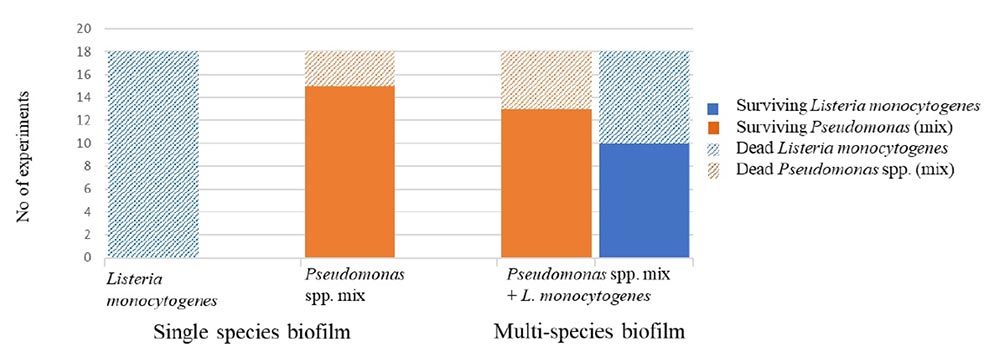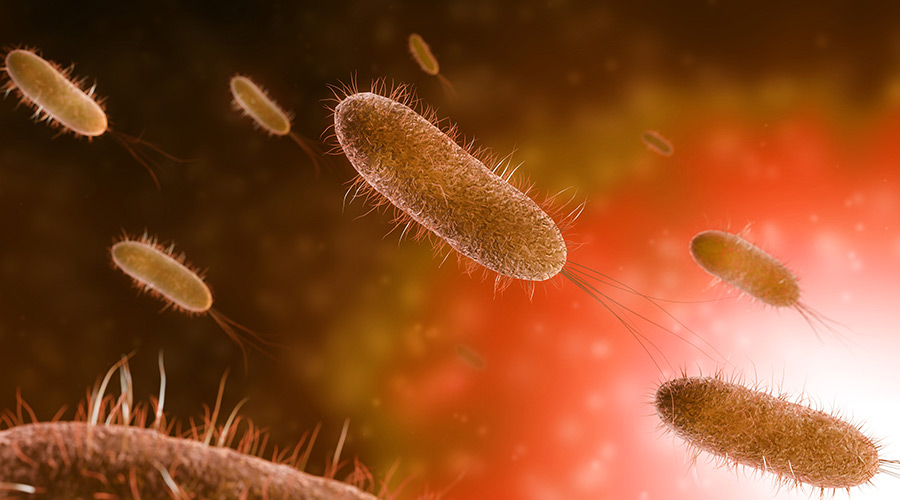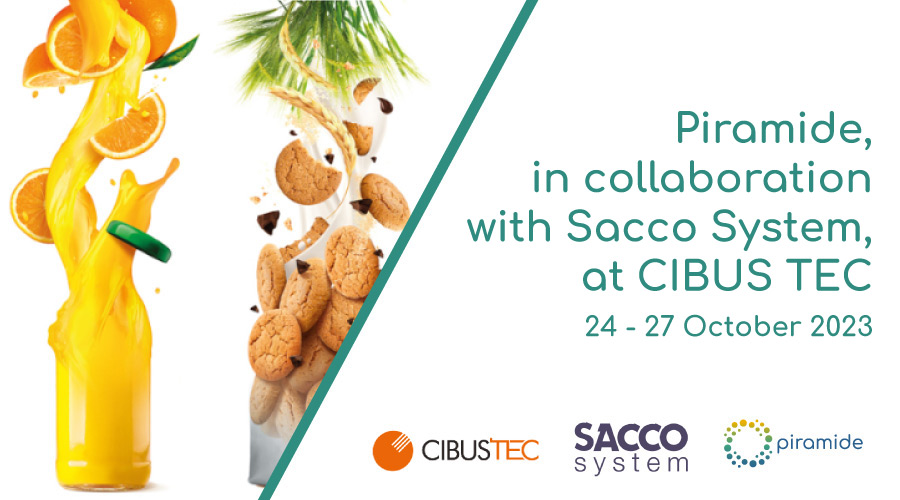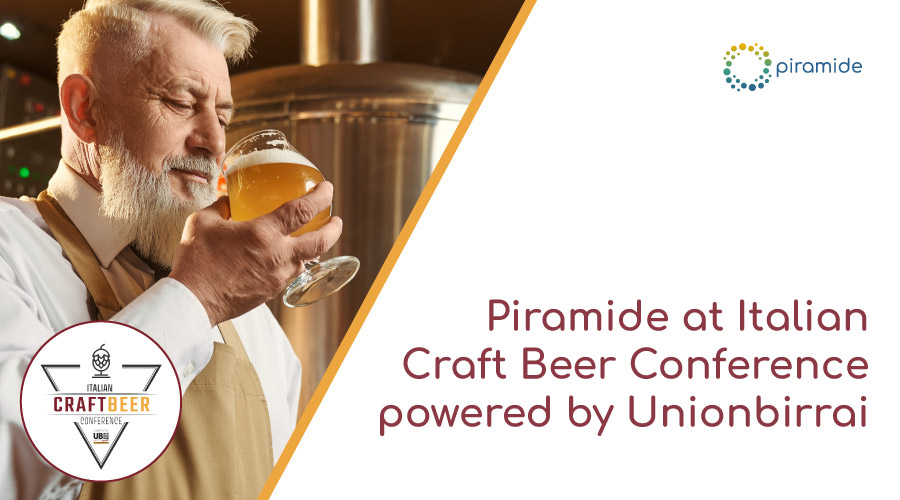Interaction between Pseudomonas spp and Listeria: mechanisms of co-operation within the same biofilm.
It is well known, thanks to numerous studies in the literature, that biofilm formation increases tolerance to antimicrobials in Pseudomonas spp.
The bacteria living within the biofilm are protected by the extracellular matrix, which provides a shelter from exposure to antimicrobials.
This protection can favour the development of resistance and an increase in tolerance.
The properties of Pseudomonas spp. that favour their spread in food processing environments include several characteristics that make them particularly suited to survive and proliferate in these environments. These properties are:
High growth rate at low temperatures
Pseudomonas spp. are often psychrotrophic or psychrophilic, which means that they can grow quickly even at low temperatures, typical of food processing and storage environments.
This competitive advantage allows them to outcompete other bacteria and become dominant in refrigerated environments.
Tolerance to antimicrobial agents
Many Pseudomonas species show a high tolerance to various antimicrobial agents, including disinfectants and antibiotics.
This tolerance is due to the presence of multidrug efflux systems that expel toxic substances from the cells.
This characteristic allows them to survive and proliferate even after cleaning and disinfection procedures.
Ability to form biofilm
Pseudomonas spp. are efficient producers of biofilms, which are bacterial communities enclosed in a protective extracellular matrix.
Biofilms offer a refuge for bacteria, protecting them from disinfectants and other environmental stresses.
This ability facilitates the persistence of Pseudomonas in food processing environments.
Ubiquity
Pseudomonas spp. are present in a wide range of environments. This ubiquity means that they can be easily introduced into and spread throughout food processing plants.
Undemanding
Pseudomonas spp. are not troublesome, which means that they can grow with minimal resources and in different environmental conditions. This flexibility makes them capable of easily colonising new environments.
The ability to form biofilm, in particular, is a crucial property because it offers additional protection against disinfectants, allowing bacteria to survive and persist longer in these environments.
Their intrinsic tolerance to disinfectants, together with their ability to form biofilms, not only helps them to survive but can also favour the survival of other pathogens, such as Listeria monocytogenes, in food processing environments.
Pseudomonas spp and Listeria monocytogenes
The biofilm of Pseudomonas spp. can significantly influence the survival of Listeria monocytogenes.
Here are the main ways in which this happens:
Physical protection
Biofilms of Pseudomonas spp. provide an extracellular matrix that acts as a protective barrier for L. monocytogenes.
This matrix protects the bacteria from exposure to disinfectants and other antimicrobial agents, increasing their chances of survival.
Interspecific interactions
The interactions between Pseudomonas spp. and L. monocytogenes within the biofilm can facilitate the survival of the latter.
Multi-species biofilms can act as an accelerator for horizontal gene transfer, facilitating the adaptation of L. monocytogenes to environmental conditions and decreasing its susceptibility to antimicrobials.
Shelter
Biofilms dominated by Pseudomonas can harbour and protect L. monocytogenes.
In a food processing environment, Pseudomonas biofilms can act as a reservoir for L. monocytogenes, protecting it from cleaning and disinfection efforts.
Persistence
L. monocytogenes can persist within Pseudomonas biofilms, albeit in lower numbers than its co-inhabitants.
Over time, L. monocytogenes can migrate to the innermost layers of the biofilm, where it is more protected from the disinfectant.
This favours its survival over time.
Regrowth
Even though disinfection can reduce bacterial populations to undetectable levels, L. monocytogenes can start growing again within the Pseudomonas biofilm after 48-96 hours.
The results show that the combination of Pseudomonas spp. and L. monocytogenes showed regrowth after disinfection, indicating that the Pseudomonas biofilm helped L. monocytogenes to survive.
Pseudomonas spp: conclusions
In summary, the biofilm of Pseudomonas spp. not only increases its tolerance to disinfectants, but also creates an environment that favours the survival and persistence of L. monocytogenes, making cleaning and disinfection more difficult.

Thanks to the broad-spectrum and specific action of Biorem® 3G in hydrolysing the different components of the biofilm’s extra-polymeric matrix, it is possible to eliminate and reduce the risk of biofilm formation by these microorganisms.
Furthermore, the enzymatic approach does not favour the formation of resistances and is able to bypass the phenomena of tolerance explained by the matrix itself, guaranteeing greater effectiveness in the removal of biofilm from work environments.
The Piramide team specialises in the application of ad hoc enzymatic protocols designed on the basis of different production realities, and in defining pre- and post-treatment diagnostic strategies through the use of cutting-edge analytical methods.



